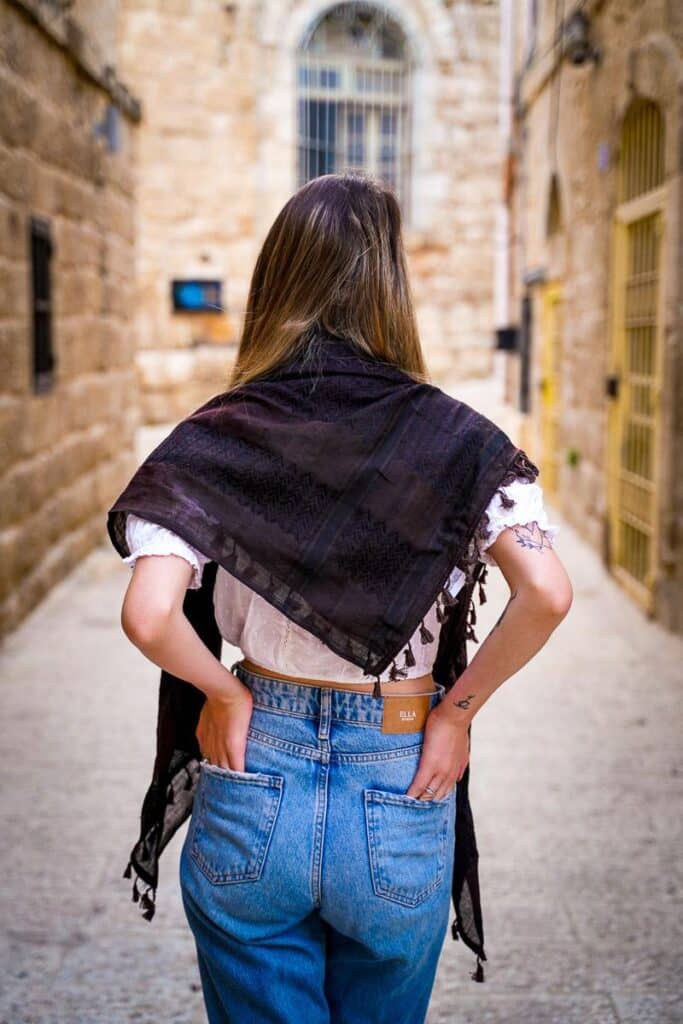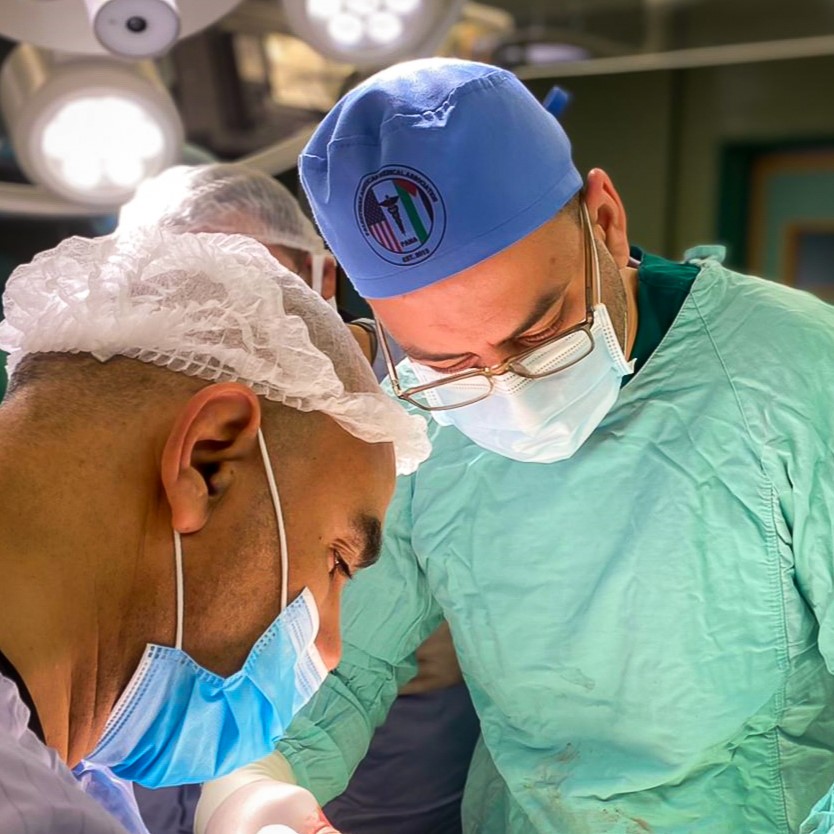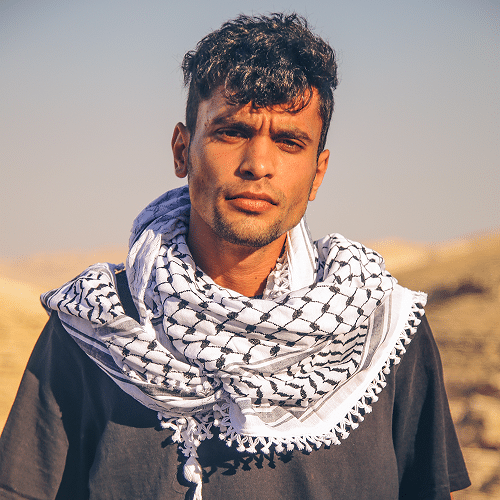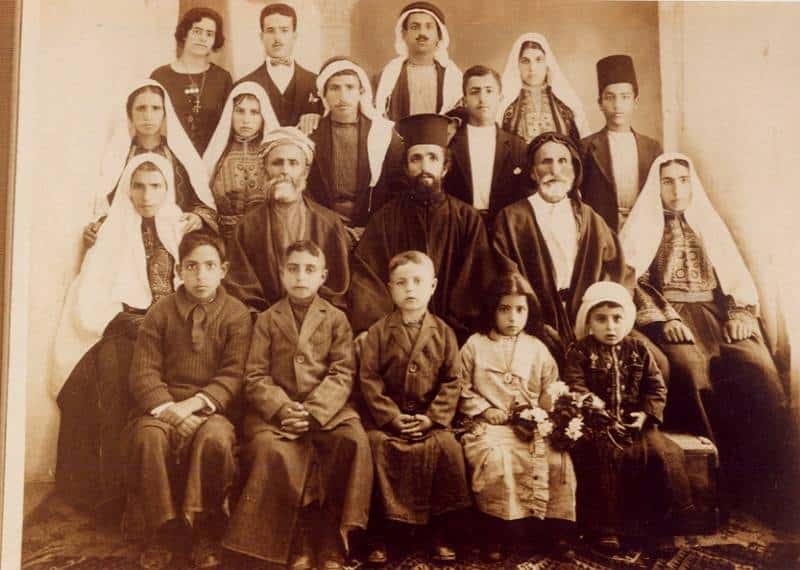
“He has brought down rulers from their thrones but has lifted up the humble.” – Mary’s Song, Luke 1:52
Home of Four Thousand Years
The humble shepherd roams the ancient valley beneath the town of Beit Sahour. His sheep graze and bathe in the light of the orange sunset. Beneath an olive tree, the shepherd comes to settle his flock for the evening. Laying down, the shepherd’s weary body gives away to deep rest, overcome by the softness of the dark brown soil beneath him. He nestles into the ground as though roots were growing from his back. “Life is hard work”, he thinks, “but worth the fruit it bears”. Unknown to the humble shepherd, is that his article of faith will endure for more generations than he can fathom. And in that moment, a mighty star is revealed.
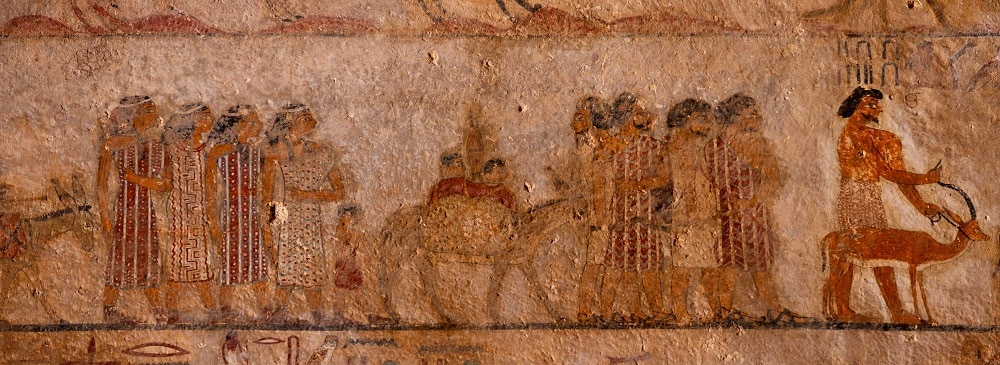
Traces of inhabitants in the valley of Beit Sahour are said to go as far back as 3000 BC, to when the Canaanites of the Bronze Age sheltered within its numerous caves. Tools, tombs, and ancient olive oil presses uncovered over the centuries reveal an industriousness and resilience of the Sahouri people, whose legacy and traditions have survived thousands of years, while empires and kings have vanished into dust.
The name of the township of “Beit Sahour” (بيت ساحور) means the “House of Dawn”, and relates to the ancient shepherds of the town who would stay up until dawn, “sahar” in Arabic, to watch over their flock. Shepherds are a common theme with Beit Sahour. A stone throw from the hilly town of Bethlehem, Christian tradition holds the valley to be the site of the Shepherds Field, the place in biblical scripture where the angels shone in the sky, and announced to a group of wandering shepherds, that the Messiah, Jesus of Nazareth, was born.
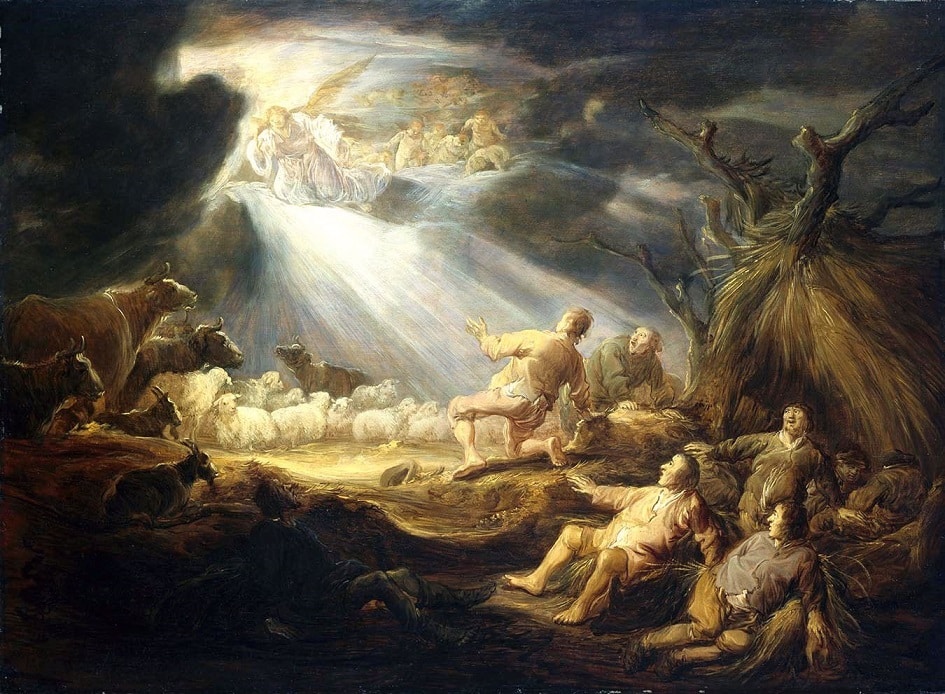
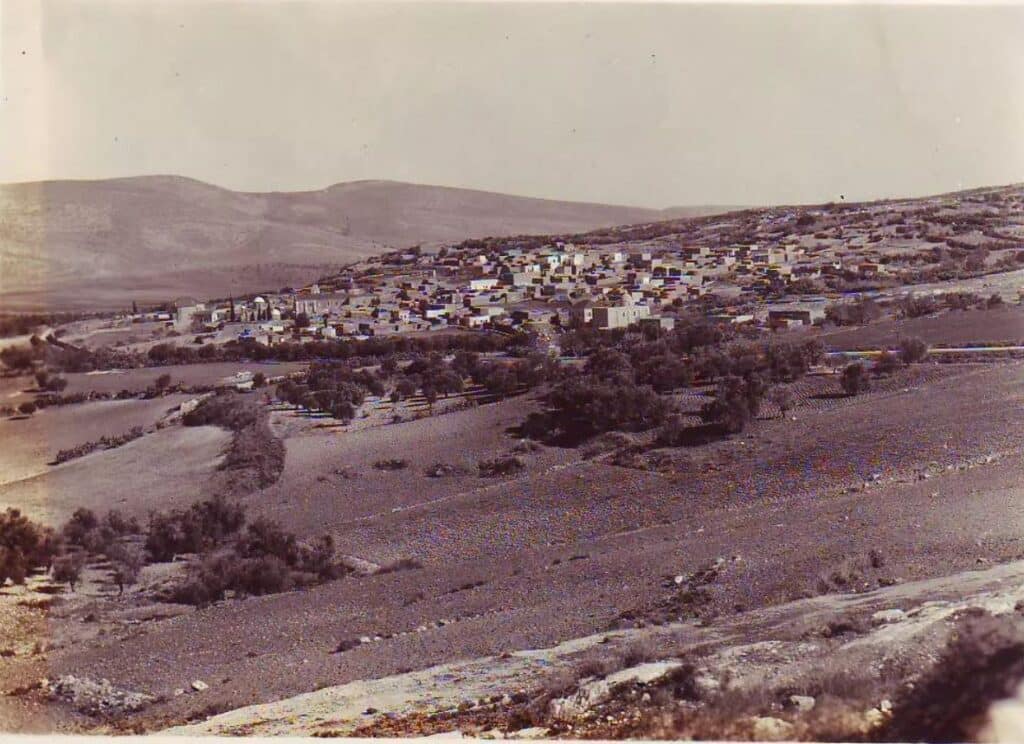
El papel bíblico de los pastores juega un papel importante en la historia de Beit Sahour incluso en la actualidad. Los pastores siempre estuvieron entre los escalones más bajos de la escala social, y sin embargo, en la historia de la Biblia, no fue un rey ni un sacerdote, sino el humilde pastor quien recibió primero el mensaje del regreso de Dios a la Tierra. En una región turbulenta conquistada perpetuamente por reyes ingleses, sultanes otomanos y ahora bajo una ocupación ilegal, el mensaje a los pastores del valle de Beit Sahour es una historia conmovedora de liberación y liberación, y ha moldeado el pensamiento del pueblo sahouri durante siglos.
Beit Sahour in the Industrial Age
Beit Sahour hoy en día es uno de los últimos pueblos de mayoría cristiana en Palestina. Enclavado dentro de comunidades predominantemente islámicas, a lo largo de los siglos la sociedad pluralista del área de Belén ha impulsado a la gente de Beit Sahour a aprender a ser tolerante con sus vecinos musulmanes, al tiempo que ofrecen algo único. Como último vestigio del patrimonio cristiano palestino, está arraigado en el pueblo sahouri hacer más, proteger su patrimonio y comunidad, y fortalecerse.
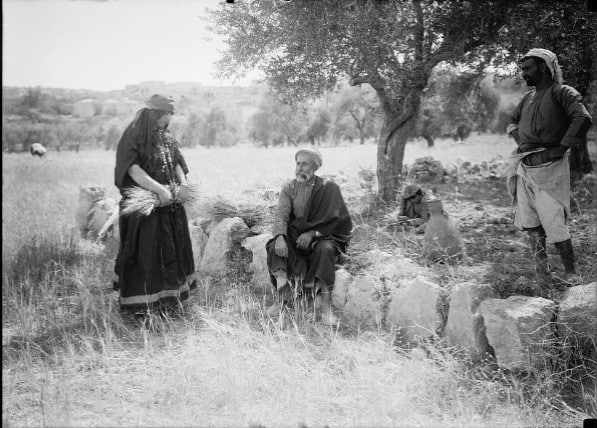
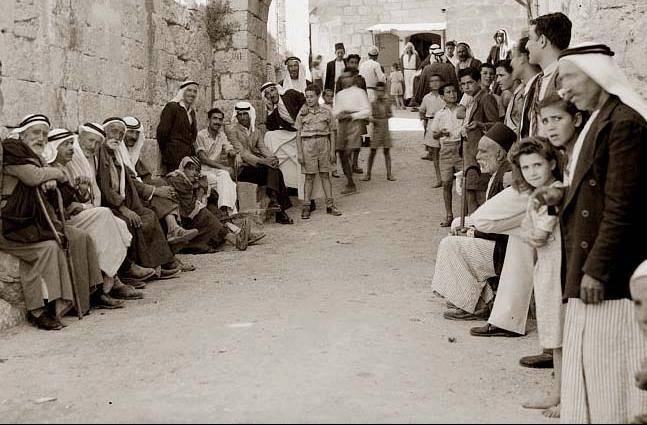
Walking through the old quarters, one can quickly grasp what makes this little town tick. Almost all the older buildings have been renovated into shops and guest houses. Abandoned schools have been turned into cultural centres for discussion and debate. Dancers practice the famous ‘dabke’ on the rooftops. Not just English, but also French, German and Spanish can be heard and widely used by the local youth, many of whom are sent to Europe by their parents to study and work abroad, in the hope that they will return to their town someday, and bring the fruits of their journeys with them.
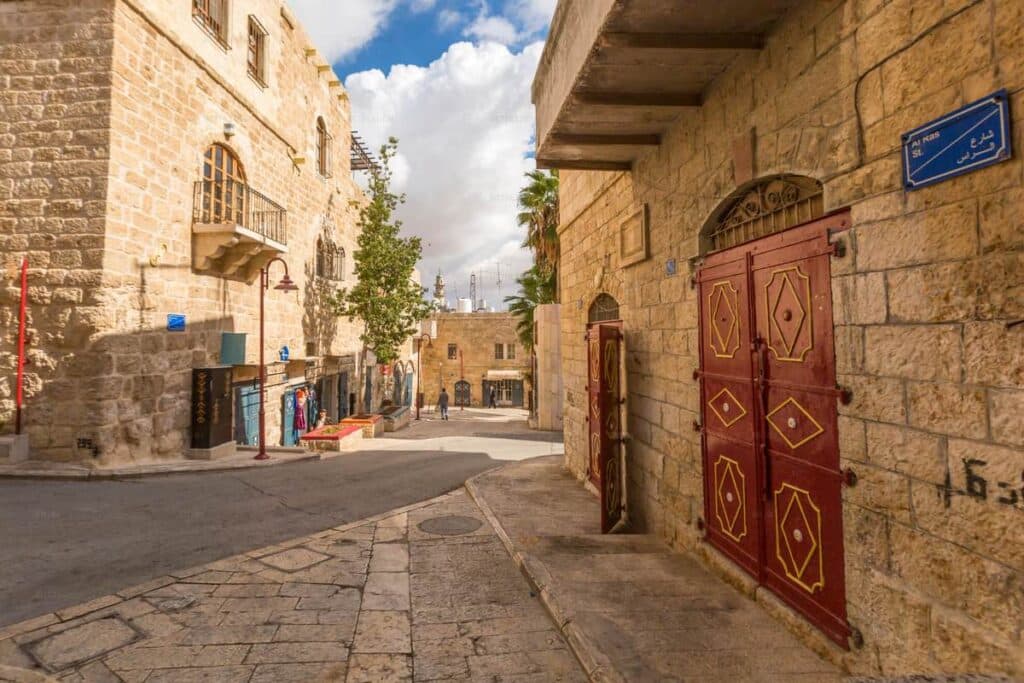
Entrepreneurship and creative ingenuity are a de facto way of life in Beit Sahour. Though stifled by the Israeli occupation, the Sahouris over the last century have pioneered as many as 40-50 different industries in the region, from plastics, to foodstuffs, sponge, electrical equipment, construction material, embroidery, and more traditionally, the trademark use of mother-of-pearl and olive wood in artisan craftsmanship. Authors, poets, and thinkers alike have steadily streamed from this humble town. The concept of “Alternative Tourism” was also born here, as a way to give insight into the complex cultural aspects of Palestine, and show the effects of the Israeli occupation and land confiscation on local Palestinians.
Entrepreneurship and creative ingenuity are a de facto way of life in Beit Sahour. Though stifled by the Israeli occupation, the Sahouris over the last century have pioneered as many as 40-50 different industries in the region, from plastics, to foodstuffs, sponge, electrical equipment, construction material, embroidery, and more traditionally, the trademark use of mother-of-pearl and olive wood in artisan craftsmanship. Authors, poets, and thinkers alike have steadily streamed from this humble town. The concept of “Alternative Tourism” was also born here, as a way to give insight into the complex cultural aspects of Palestine, and show the effects of the Israeli occupation and land confiscation on local Palestinians.
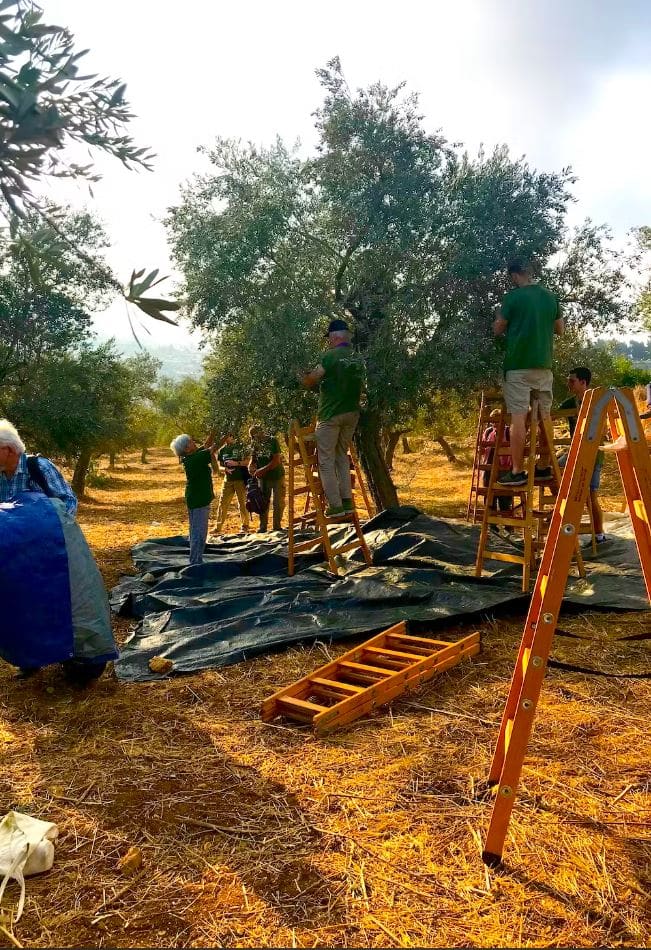
First Intifada, Resistance of the Shepherds
The reality of Israeli occupation eventually caught up with the people of Beit Sahour. Encircled by military bases and growing illegal settlements on all sides, the grip of occupation is steadily closing around the shepherd’s neck. And yet, determined to maintain their traditions, Beit Sahour has always been at the vanguard of creative and non-violent resistance movements, most notably during the first intifada “shaking off” revolt of the 1980s.
“What made the first intifada distinct was it managed to get the best out of people. It gave the Sahouris the opportunity to introduce the best of what they have. The mutual solidarity among people, be they Christians or Muslims. The recognition of Palestinians as one.” – Rifat Odeh Kassis, Human Rights Activist, Beit Sahour
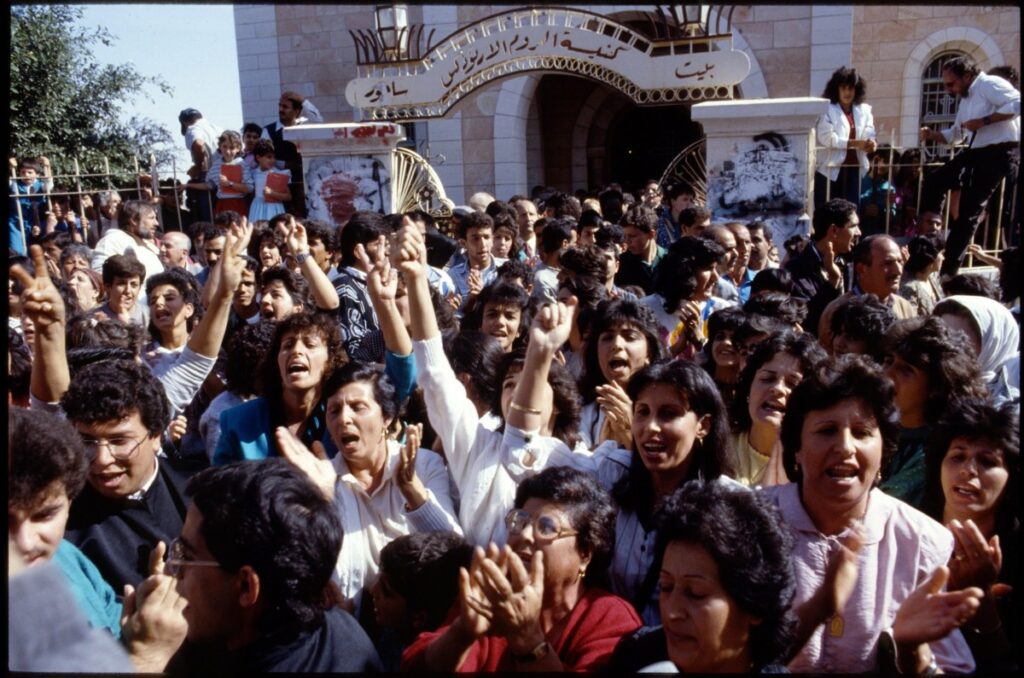
In unity with the efforts of the First Intifada, the people of Beit Sahour organised a city-wide tax strike that refused to pay any taxes to the Israeli occupiers. “No taxation without representation,” said a statement from the organizers. “The military authorities do not represent us, and we did not invite them to come to our land. Must we pay for the bullets that kill our children or for the expenses of the occupying army?” Sahouris also famously stripped themselves of their political IDs that had been designated by Israeli authorities, and burned them in a pit of fire in symbolic resistance. But the military occupiers did not respond kindly.

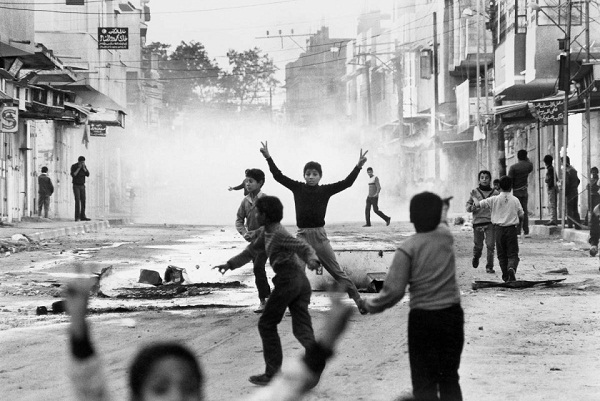
“We will teach them there is a price for refusing the laws of Israel”, declared Israeli defence minister Yitzhak Rabin. The entire town was promptly placed under curfew for 42 days. Food shipments were blocked, telephone lines cut, house-to-house raids robbed 350 families of their property and imprisoned tens of residents under administrative arrest, without charge or trial. Reporters from across Europe seeking to investigate the conditions of the tax strike were barred from entering.
Surrounded and quietly starving, the situation looked bleak as ever. Yet unforeseen by the occupiers, the ancestral resourcefulness of this town of unruly shepherds would rise to the forefront of the Palestinian narrative.

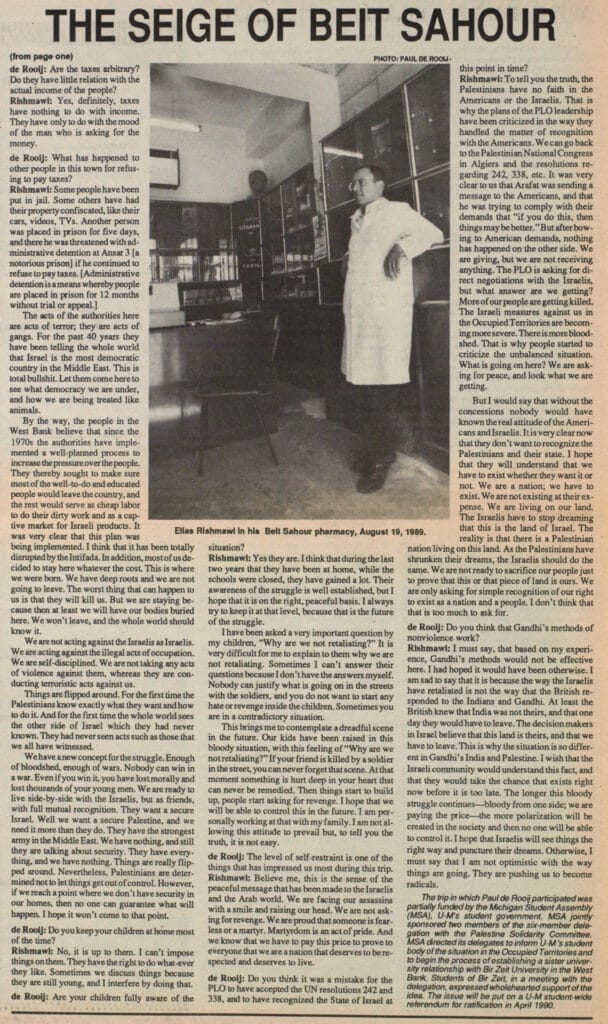
The Sahouris quickly formed agricultural communities. Many people knew how to grow food and had their own gardens, and so they put them to use. “Everyone stopped planting flowers and started planting tomatoes, watermelons, and other food. Neighbours would plant on each other’s land, and distribute food to the entire town freely.” In a famous story represented in the film “The Wanted 18” several Sahouris even purchased dairy cows from a sympathetic kibbutznik and set about teaching themselves how to produce milk.
With a booming demand for “Intifada milk”, the herd was deemed a “threat to the national security of Israel”, and Israeli military forces went to seize the cows. The event led to brave and hilarious events where the local Sahouri residents would hide the cows in their own homes, in the basement and behind their furniture, as IDF security forces would forcibly search homes and detain residents in search of the dastardly bovines.
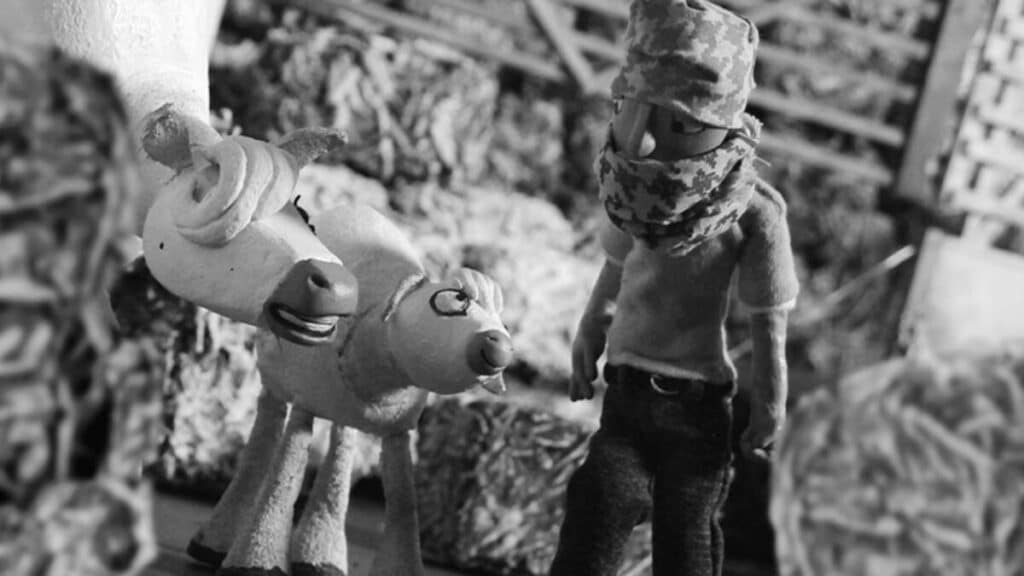
Schools were also declared a threat, and were forcibly shut for fear of allowing the youth to gather and discuss the intifada and their situation. In response, Sahouri teachers took it upon themselves to establish schools in their own homes. One home would teach mathematics, another literature. Young students would be directed from home to home for their classes, and the operation would last as long as 2 years.
A cooperative of Sahour teachers even purchased a local hillside and built new homes there, as a physical and “concrete” challenge to the encroachment of illegal settlements and unjust confiscation of Palestinian land. The Israeli legal system did not allow Palestinians to utilise their own land without their formal permission, and so the Sahouris would build in the cover of night, setting up homes with proper roads, electricity, recreational parks, and orchards of olive trees. The “iskhan” neighbourhood of Sahouri teachers remains to this day, and is continuously under threat.


Family, Faith, Ingenuity, and Courage
The essence of mutual solidarity is deeply rooted in Beit Sahour, because Sahouris always had to make do in a non-harmonic society. Being an ancient and minority Christian community, the church played perhaps the most significant role in establishing a foundation for the Sahouris, and allowing them to build their community around it. As the community has grown, the Sahouris have established local institutions that could be used to keep their rural and family-oriented heritage alive.
La Kufiyya Beit Sahour YMCA acts as a refuge for disenfranchised youth, and helps to rehabilitate children who were injured/traumatized because of the occupation. The Women’s Arab Union of Palestine was led by Sahouri women in an effort to form a political institution that could represent them. The Shepherds Scouts of Beit Sahour is especially active in organising outdoor activities and volunteering efforts by and for the young people of the town. And the Defense for Children International organisation brought together global reporters and human rights activists to investigate and document violations against children.
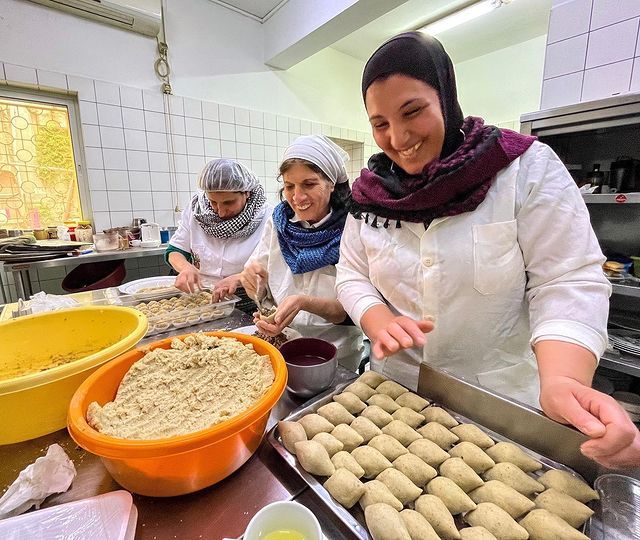

Most recently, Christian leaders from across Beit Sahour and various parts of Palestine met to draft the Kairos Document. A Greek biblical word for “this is the time”, the document took inspiration from the South African anti-apartheid movement, sending a message to the global church, that it must acknowledge the plight of Palestinians and the holy land. The message is also to the diverse Palestinian community, calling for unity.
Family, faith, ingenuity, and courage in the face of obstacles, these are the stories that tell of how a Canaanite village of shepherds against all odds transformed itself into one of the earliest industrial societies in the Middle East, and now a centre of political activism.

Beit Sahour Hirbawi® Kufiya
We at Hirbawi dedicated this kufiya to Beit Sahour. At town of unruly shepherds.
The official Beit Sahour Kufiya (keffiyeh) by the Hirbawi Textile Factory is now available for sale for a limited time only. We welcome you to read more about the product, and will be doing more spotlights of Palestinian towns in the near future.
